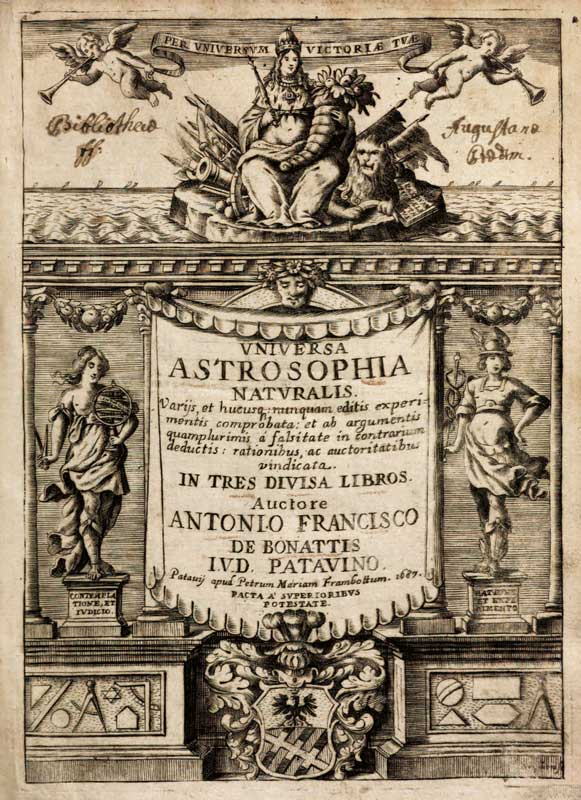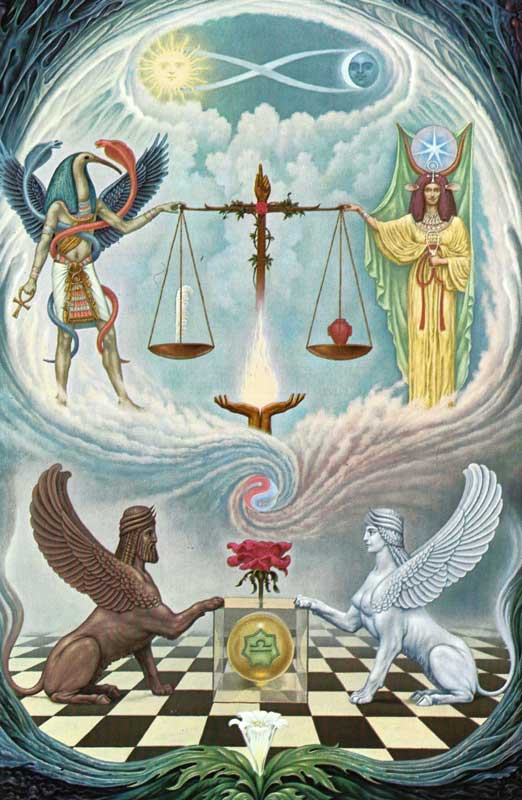A centuries-old celestial science
Author: Susanne Pallagi
Astrosophy leads a rather shadowy existence next to scientific astronomy and spiritually oriented astrology. But they are a triad, which only together can interpret the stars and make them accessible for humans. Thus in astrosophy, the focus is on the wisdom of the stars and their philosophical interpretation.
FRED GETTINGS’ “DICTIONARY OF ASTROLOGY” (1985) DEFINITION.
“Astrosophy is a term for a modern form of astrology based on the data of Steiner. It is formulated and expounded by such researchers as Vreede, Thun, Sucher, and Powell. Although essentially syncretic in form and rooted in traditional rhythms, it makes frequent use of the ‘Zodiac’ and ‘heliocentric charts’ as well as a sophisticated use of ‘epoch charts’ and ‘death charts’.
Astrosophy roots in a spiritual conception of the cosmos and a peculiar view of history.
This view has produced such interesting normatives as the ‘Three Prototypes’. The related work of Powell was of great importance. The practical application of the Zodiac in biodynamic agriculture also connects with astrosophy, as for example in the work of Maria Thun.”
Astrosophy – as a philosophy of astronomy.
In 1918, the German physician, inventor and occultist Dr. Ferdinand Maack (1891-1930) published his own research paper on the subject under the title “Astrosophy – Philosophy of Astronomy.” In his publication, Maack claims that astrosophy is a partly purely scientific and also partly speculative philosophical starry wisdom. He refers to astrology as stellar interpretation. Astronomy as the scientific official science of the stars. According to Maack, astrosophy is a nascent astronomy, which also contains metaphysical speculations.
According to Maack, every astrosophical question also contains a philosophical question and is therefore also a philosophy of astronomy.
Maack subdivides the “astrosophical mass of thoughts” and their challenges into several groups. These should contain the mathematical, astronomical, geological, physical, biological, psychological and philosophical aspects. The subdivision is about differentiated questions related to the Earth: How can we explain extinct or newly emerging continents? Is there a connection between the continents Atlantis and Lemuria and the human races? Is there also a connection with new religions?
He also deals with still unknown celestial bodies as well as the stars and planets. And he asks questions about interplanetary and cosmic processes. For example: What is space, chaos and ether? Is space absolute and three-dimensional? Is time a dimension of space? How do the great and small world periods explain themselves? How do cosmic number relations explain themselves? The physical questions are replaced by biological and psychological questions. How did life originate on earth? How do the human race and earthly life end? Is only the earth inhabited? Are moon, earth and planets themselves organisms or partial organs of a cosmic universal individual? Are there angels, demons and a world soul?
 “Universa Astrosophia Naturalis” by Antonius Franciscus de Bonatti (1687).
“Universa Astrosophia Naturalis” by Antonius Franciscus de Bonatti (1687).
Another field of research asks whether the stars have psychological effects as well as physical ones. Also whether the course of the stars influences the fate of individuals and peoples. Finally, the astrosophical mass of thoughts should also include the astral mythology. It asks about the origin of religion. Whether there is an afterlife and whether the soul is immortal.
In his compilation, Maack refers to several authors who, in his opinion, have indeed made remarkable contributions to astrosophy. Namely, among others, Dr. Christoph Ruths, a writer (pseudonyms Alexander Vulcanus / Lichtenberg) focusing on astronomy and psychology in his work “New Relations in the Solar System and Universe”(1915). Johannes Schlaf (1862-1941), playwright and representative of the concept of naturalism. And Dr. Ernst Bartel (1890-1953), philosopher, mathematician and inventor. Bartel calls the philosophy of space stereosophy and the philosophy of astronomy astrosophy. Supposedly they belong together in the closest way. In addition, he places the philosophy of the number, the Arithmosophie, as third in the alliance to it.
ASTROSOPHY AND ASTROLOGY AMONG THE BABYLONIANS
In 1929 Prof. Dr. A. Jeremias reports in the magazine “Das Weltall” about astrosophy and astrology with the Babylonians. He argues that the celestial view originating from the Sumerians and further developed by the Semitic Babylonians should be called astrosophy and not astrology in its oldest design. Jeremias considers astrosophy as an expression of a religious worldview supported by a high sense of reality. The Babylonians saw the stars as spheres of divine spiritual beings and assumed a star effect on earthly substances.
In the creation song of Babylon the stars are called “advisors”
This reminds of an old oriental star wisdom, of the Arabian approach which perceives in the “planet road in the sky the divine revelation writing” and recognizes in the fixed star sky “the comment written on the edge”. Just as the starry sky mutated from a symbol-laden picture book to a logical calculating book, so astrosophy, according to Jeremias, later became calculating astrology, of which Lucian says: “Astrology was no longer about the sky and the stars themselves, but about the art of divination based on them.”
Astrosophy as the “Divine Science of the Stars”
François Brousse (1913-1995), French philosophy professor, author of novels, plays, and fairy tales, as well as metaphysical, astronomical, historical, and esoteric essays such as “The Resurrection of Lazarus” (1936), is among the forerunners of the “philosophical café” movement, a form of non-academic philosophical activity that emerged in France in the late 20th century. For Brousse, astrosophy as a unifying umbrella term also includes astrology and astronomy. Brousse claims to recognize an actual influence of the celestial bodies among other things by the fact that these have their own gravitational field. He postulates this influence on a spiritual level, i.e. on the consciousness or subconsciousness of man. Also he feels the close connections between astrological and psychological character description strikingly and concludes from it an existence of the soul as expression of the infinite and always being.
Astrosophy, the “wisdom of the stars” refers, according to Brousse, to a mental-spiritual level whereas less to a material one.
He published his theories from 1980 to 1983 in the journal Sources et Flammes, edited by himself, François Villée and Josée Lugol, and in the book L’Astrosophie ou la Science divine des étoiles.
 Libra by Johfra Bosschart
Libra by Johfra Bosschart
Astrosophy of the Rosicrucians
Under the title “Saturn the Guardian before the Gate” (1971), Henk Leene (1924-2014), former Grand Master of the Lectorium Rosicrucianum (L. R.), son of Jan van Rijckenborgh (1896-1968), founder of the L. R., and his wife Mia Leene (1924-1993) publish about astrosophy: “In astrology it is said that the Sun combats the saturnal effects. In astrosophy it is taught that the body must be overcome by the spirit. The lead, metal of Saturn, must be remelted in the fire of the spirit into the gold of the alchemists.”
The astrosophical seminars held by Henk and Mia Leene (1970-1975) in Germany and in the Netherlands followed after this introduction: “The study of the astrosophical teachings means the penetration into one’s own composite vibrational being. To understand the astrosophical teachings one need not have studied astrology, rather one need only be able to see oneself as a part of the cosmic whole in which vibrations of many speeds rush through space.”
This article is dedicated to all who have left astrosophical traces.
 About the author
About the author
Susanne Pallagi, B. A., studied among other things religious studies, history and philosophy at the Ruprecht-Karls-University in Heidelberg and teaches among other things astrosophical archetype theory & symbolic language with mythological background since 2009 at the Pegasus Academy.
This article appeared originally on the German Homepage Tattva Viveka: Astrosophie – die Weisheit der Sterne




